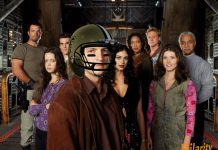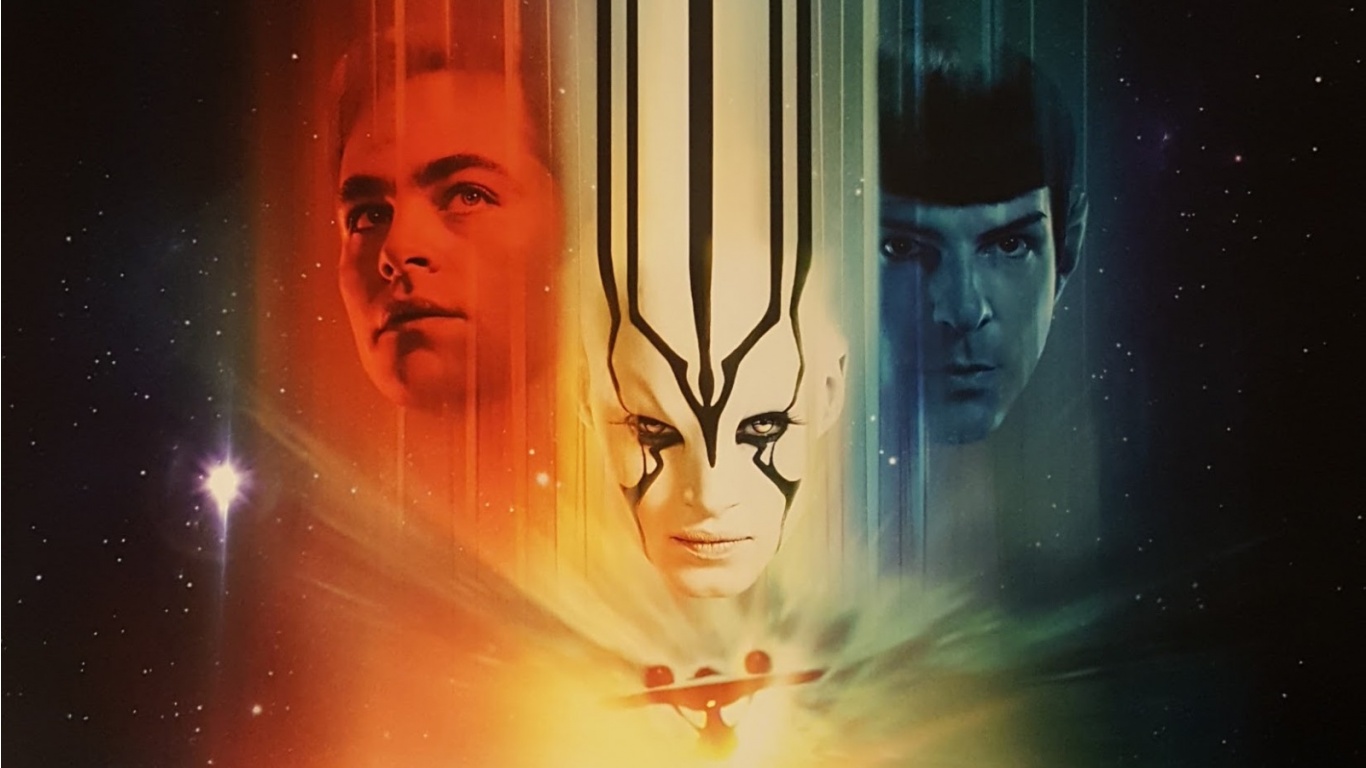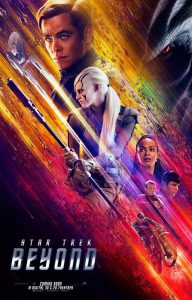 Just in the nick of time for the 50th anniversary of the franchise, Star Trek Beyond, the 13th entry in the Trek film series (and the third in the recent rebooted timeline) is a valiant attempt at a return-to-form after the disappointing Into Darkness. While it falls short of reaching the heights of 2009’s initial reboot, it makes up for it with genuine doses of heart, humor, and, dare I say it, character.
Just in the nick of time for the 50th anniversary of the franchise, Star Trek Beyond, the 13th entry in the Trek film series (and the third in the recent rebooted timeline) is a valiant attempt at a return-to-form after the disappointing Into Darkness. While it falls short of reaching the heights of 2009’s initial reboot, it makes up for it with genuine doses of heart, humor, and, dare I say it, character.
On the third year of the Enterprise’s five year mission, originally chronicled during the original Star Trek television show and, lest I forget, Star Trek: The Animated Series (on second thought, I won’t lest), Captain Kirk (Chris Pine) finds himself bogged down with the “episodic” nature of space exploration. As he and Spock (Zachary Quinto), who is being plagued by demons of his own, find themselves at an impasse, they are suddenly thrust into action when an unknown force attacks the Enterprise stranding the crew on a hostile alien planet. With no ship, the crew either captured or separated, and a foe with cataclysmic motivations (Idris Elba), it is up to Kirk, Spock, and McCoy (Karl Urban) to once again save the Federation.
The return of Star Trek also hearkens a return to what the new Trek films do best – stage as many reaction shots as possible!
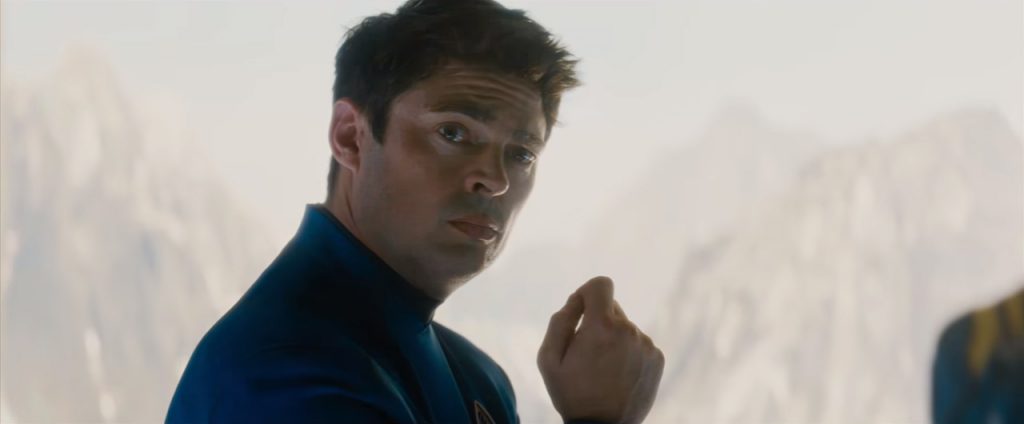
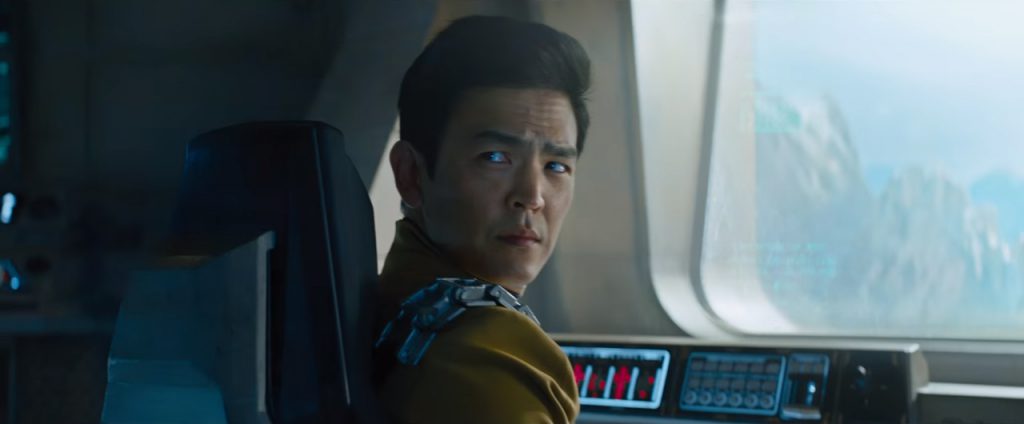
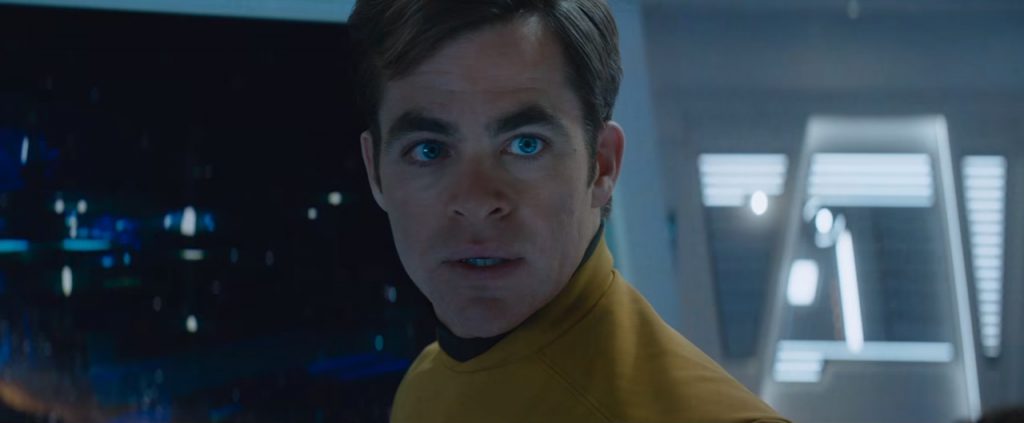
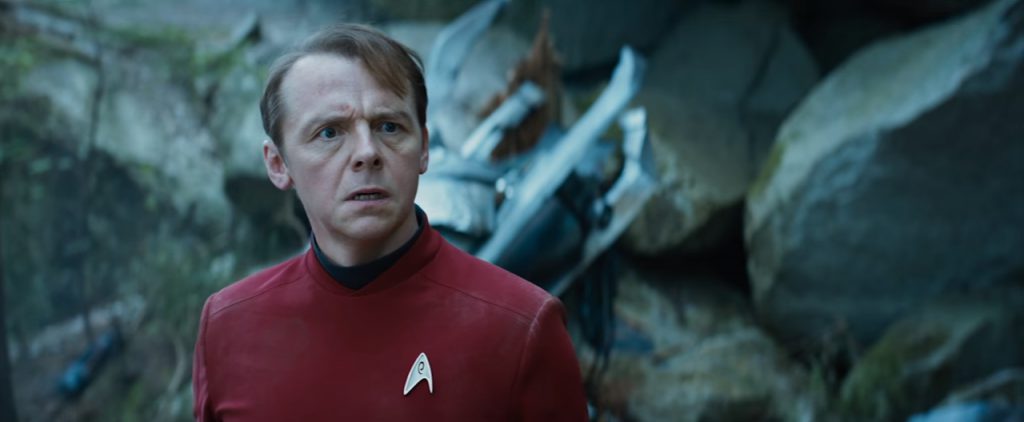
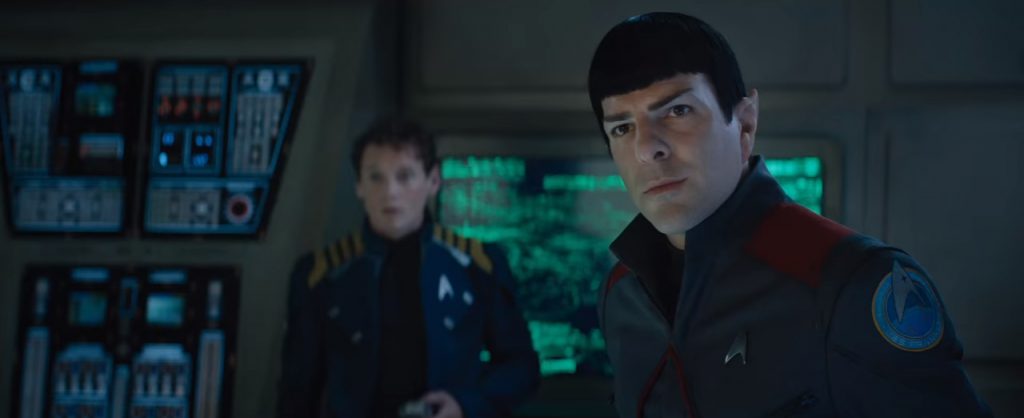
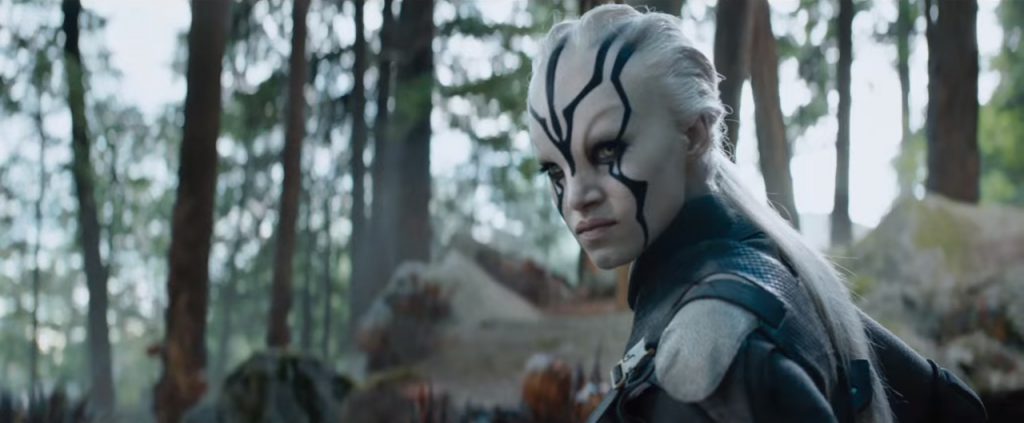
Joking aside, this does in a way highlight the most significant strength of the rebooted Star Trek series which is the casting. Although they don’t always capture the quirks of the original cast, they capture their spirit and many of the best sequences from the previous films revolve around those brief character moments. One of the weakest links of the previous two films was that they didn’t always take advantage of this particular good stroke of fortune – especially concerning the portrayal of the main trio.
One of the most effective virtues of the original series was the camaraderie and the clashes between Kirk, Spock, and McCoy – passion, logic, and heart. Their interactions in the new films up to this point have been disappointingly sparse with stereotypical love triangles and relationship drama involving Uhura (Zoe Saldana) mostly taking its place. Beyond remedies this fallacy, finally giving Karl Urban, who had been mostly relegated to the background previously, a chance to shine. His interactions with Quinto during the second act represent the true heart of the picture – to the point that the film suffers whenever they’re not on screen together. For the first time since 1991, it feels like these characters have come to life again.
The action and plot, on the other hand, are both unequivocally silly and practically headache inducing – especially the initial attack on the Enterprise early in the film. Shot too dark with a camera operated by someone outside the legal limits of caffeine consumption, it is a confusing mess. Although this does get a bit better towards the end of the film, it renders the action generic instead of awe-inspiring. I dare not think of how it played out in 3D.
In a film that opens with an outward complaint about being episodic, it is ironic how repetitive the plot is in comparison with the earlier features. In many ways, Beyond is an uncommon summer blockbuster – a science-fiction extravaganza where the action, plot, and ideas fall way short with the character interactions rising to carry the film instead. Separating the crew on the planet and giving them their own mini-journeys was a terrific decision giving everyone a chance to shine and keeping the film afloat despite its flaws. Although Star Trek Beyond never truly lives up to its name, it delivers the heart and characters that have made Star Trek the phenomenon it has been for the last 50 years.












